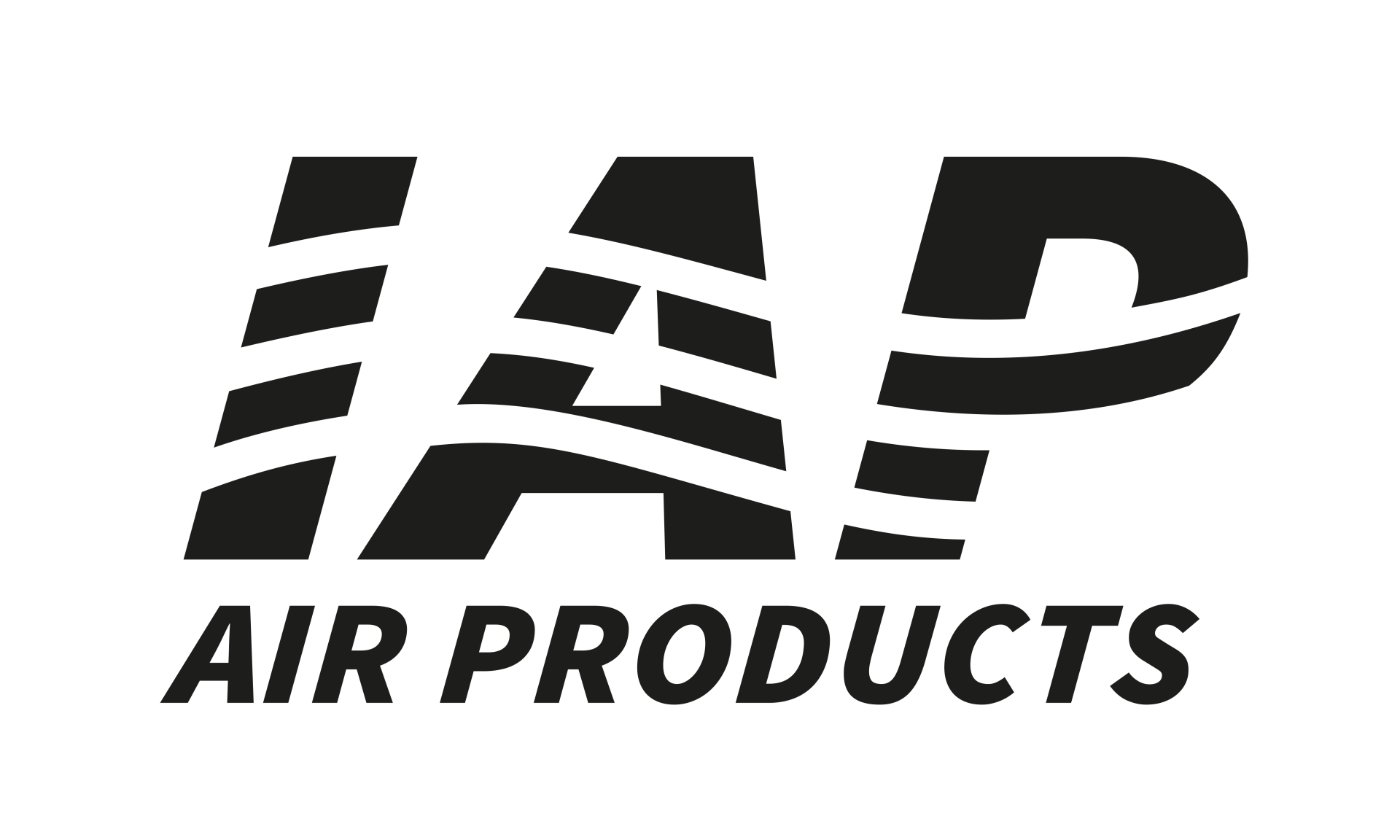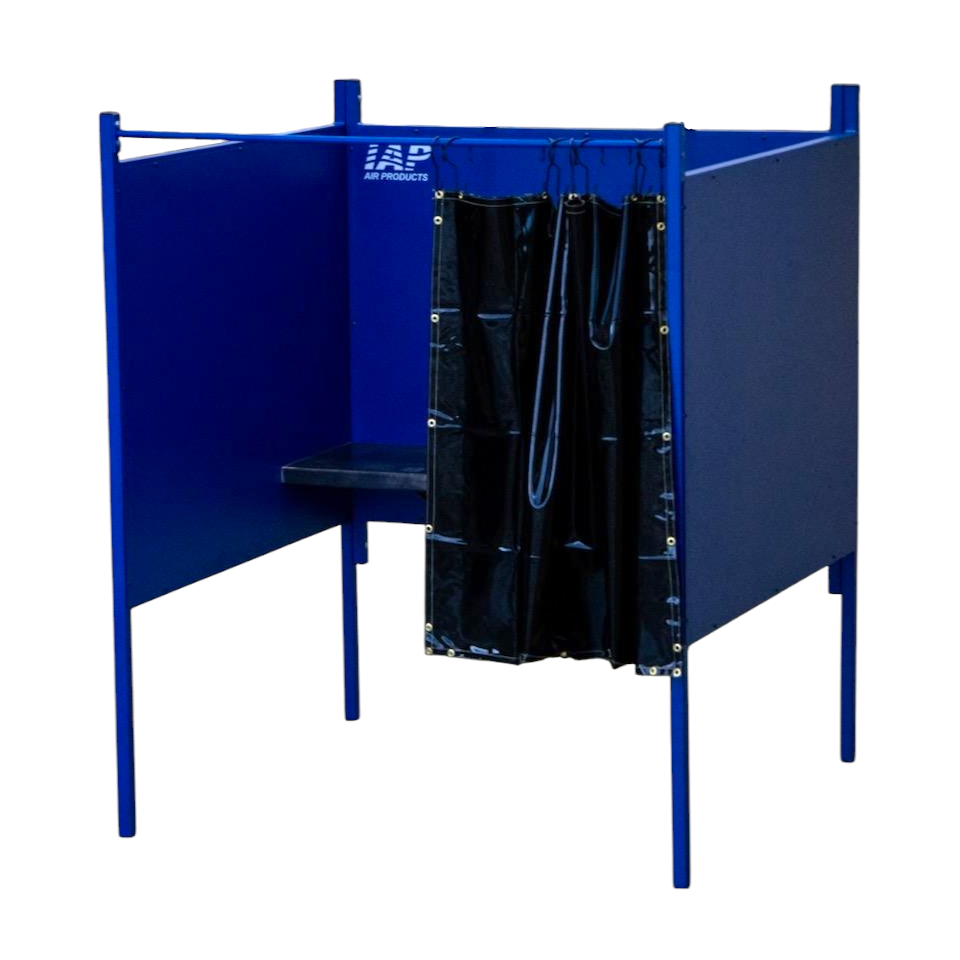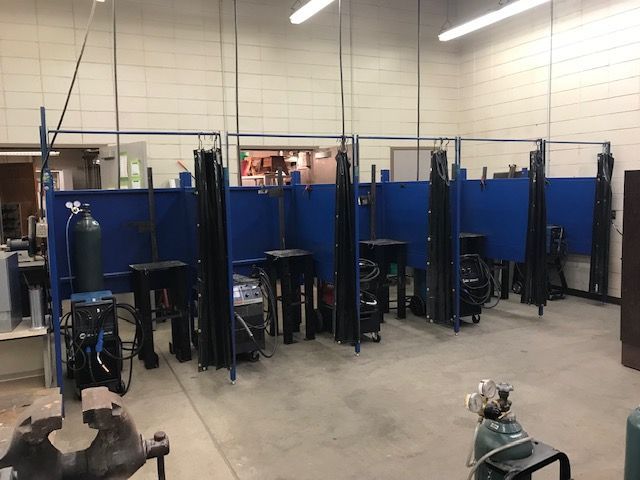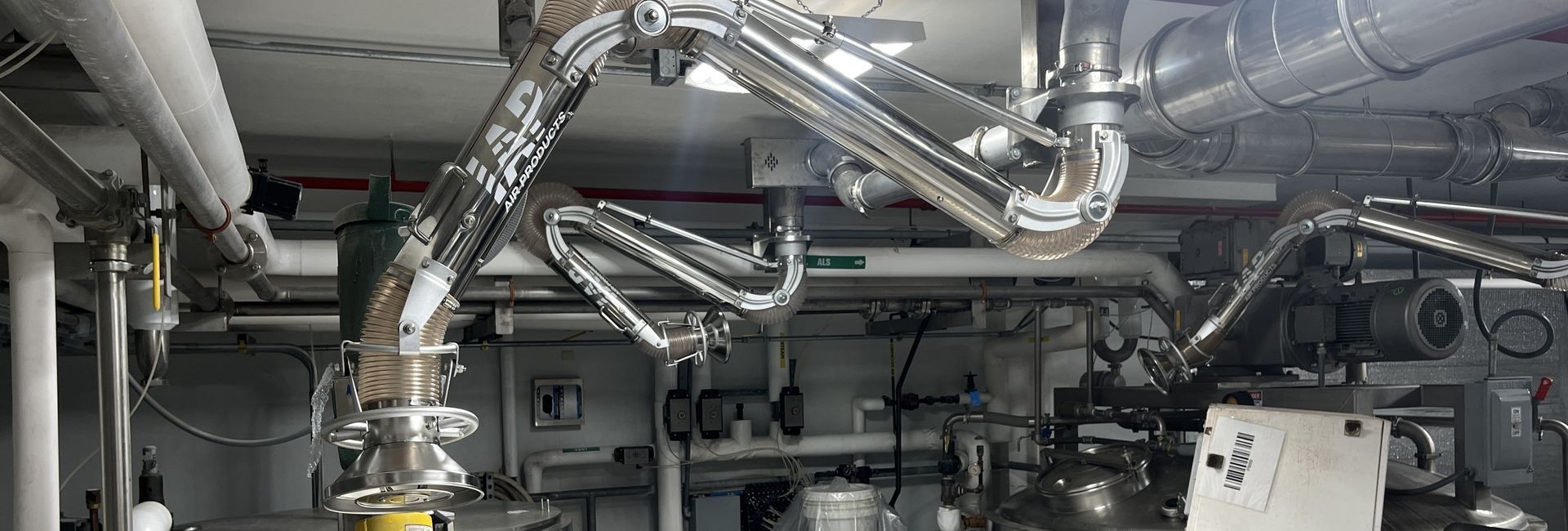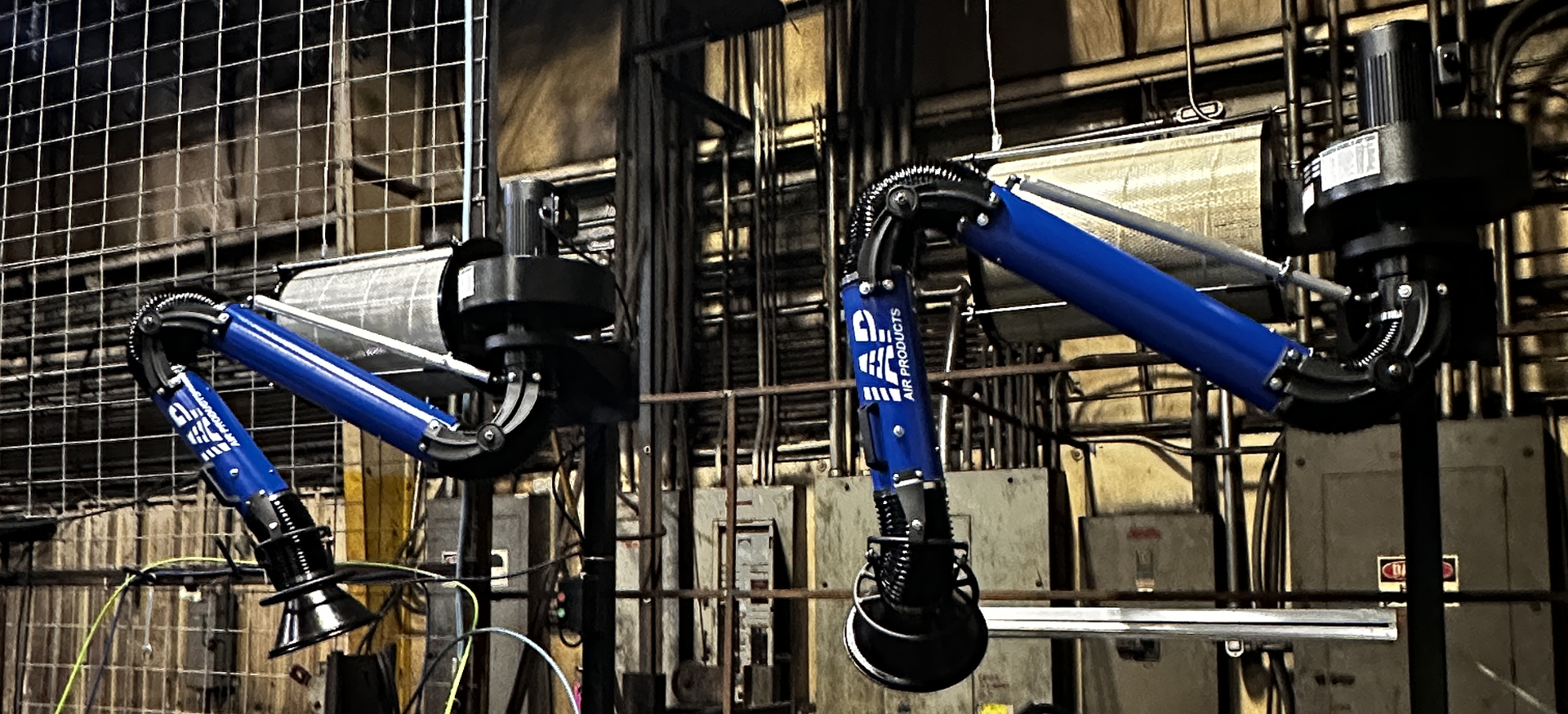The art of welding is an essential skill in industries ranging from construction to automotive manufacturing, and its demand continues to grow as the need for skilled tradespeople increases. To meet this demand, schools and training facilities play a critical role in preparing the next generation of welders. A vital component in fostering this development is the proper use of welding booths, which create safe, effective, and professional learning environments.
Adapting to Different Learning Environments
One of the greatest advantages of welding booths is their adaptability to various educational settings. Training facilities often cater to diverse class sizes and skill levels, and welding booths can be tailored to meet these needs. Booths come in various sizes to accommodate different projects, and their modular designs make it easy for schools to reconfigure layouts as programs expand.
For institutions with limited budgets, shared-panel designs offer cost-effective solutions without compromising safety or quality. These features ensure that schools can maximize their resources while still providing students with professional-grade training environments.
Preparing for a Brighter Future
As welding technology evolves, so too must training facilities. Modern welding booths are designed to integrate seamlessly with advanced tools and techniques, from fume extraction arms to virtual welding simulators. By incorporating these innovations, schools can better prepare students for the demands of today’s industry.
Investing in proper welding booths is not just about meeting current educational needs; it is about shaping the future workforce. By providing students with a safe, hands-on, and adaptable learning environment, schools and training facilities empower the next generation of welders to excel in their craft and contribute to industries that build our world.
Whether it’s a high school welding program or a technical college training facility, the impact of quality welding booths cannot be overstated. They are the foundation of a comprehensive education, ensuring that students leave with the skills, confidence, and readiness to succeed in their careers.
